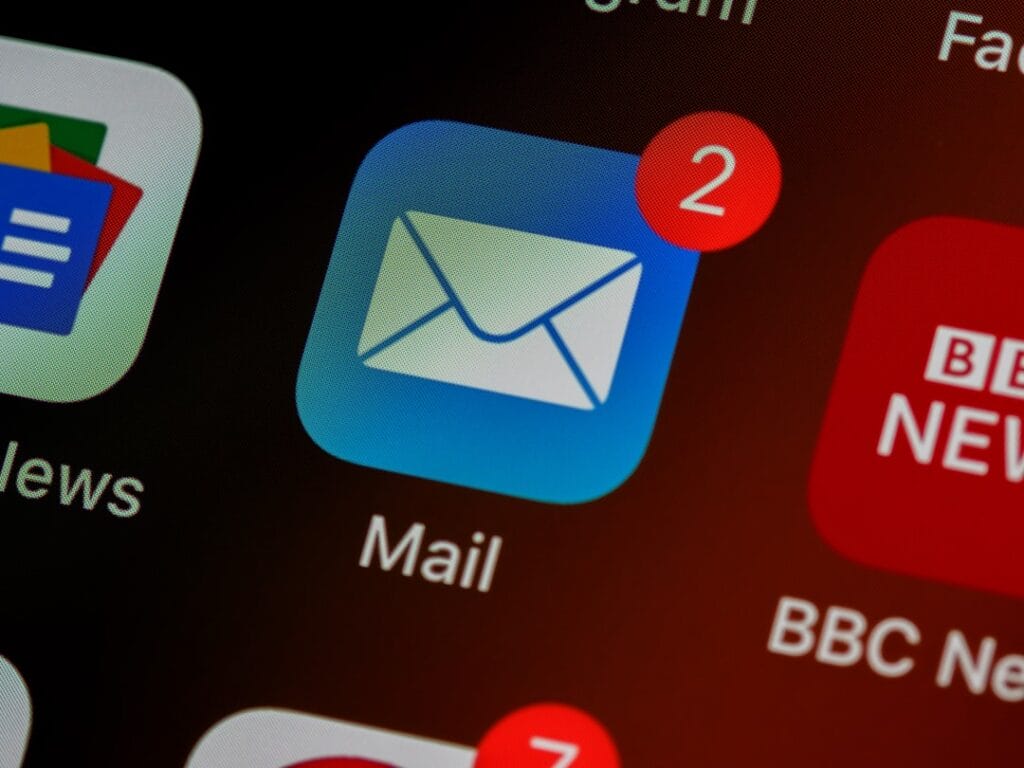Generating leads is essential in marketing and sales. It involves identifying and attracting potential customers for a company. A lead is defined as a qualified person who has expressed interest in the products or services offered. Collecting contact information, such as email addresses or phone numbers, is necessary to facilitate further communication.
Summary
- generation is the process of attracting and converting potential customers into qualified prospects for a business.
- Effective strategies for attracting potential customers include content marketing , referencing, social media and email marketing.
- To convert leads to customers , it is essential to follow a qualification, personalization and monitoring process.
- Quality content plays a crucial role in lead generation by establishing credibility, educating prospects, and inspiring them to take action.
- Useful tools and technologies for lead generation include CRMs, marketing automation tools, analytics software, and lead management platforms.
- Mistakes to avoid in lead generation include lack of follow-up, lack of personalization, and lack of collaboration between marketing and sales teams.
- Measuring and improving lead generation effectiveness is essential to optimizing marketing and sales efforts.
The different lead generation methods include:.
1. Online marketing (social networks, emails, natural referencing).
1. Advertising online as well as on the ground.
1. Events and trade shows.
3. Content marketing (blogs, white papers, webinars).
5. Support initiatives. Lead generation is of great importance as it plays a vital role in business growth and sustainability. This offers the possibility of:.
1. To fuel the sales flow.
3. To increase brand awareness .
3. To identify potential markets.
4. To improve the profitability of marketing initiatives.
The effectiveness of a lead generation strategy requires a multichannel , a precise segmentation of the target audience and a constant analysis of the results in order to improve the results. Content marketing: an extremely effective method.
| Lead Generation Strategy | Conversion Rate | Number of Leads Generated |
|---|---|---|
| Content Marketing | 15% | 300 |
| Email Marketing | 10% | 250 |
| Social Networks | 12% | 200 |
By producing and sharing relevant, practical content, a business can capture the attention of potential customers and encourage them to provide their contact details for more information. This can be accomplished using blogs, white papers, webinars, infographics, videos and many other content formats available. Email marketing: a proven strategy. By offering exclusive, personalized content to its email list subscribers, a business can generate interest and encourage prospects to take action.
The relevance of social networks. It is also important to leverage social media to attract leads. By sharing engaging content and interacting with its community, a business can expand its reach and attract new prospects interested in its products or services. Once leads have been generated, it is crucial to implement effective strategies to convert them into customers. First of all, it is essential to maintain regular follow-up with leads to maintain the relationship and encourage them to make a purchase.
This can be done through email nurturing campaigns, personalized phone calls, exclusive webinars, and many other tactics. Additionally, it's important to offer compelling incentives to encourage leads to take the plunge. These can include special discounts, free trials, product or service demos, or money-back guarantees. First and foremost, it's crucial to avoid a lack of personalization in lead communications. By offering generic content that isn't tailored to prospects' specific needs, a company risks losing their interest and trust.
Regular monitoring, a crucial step. Additionally, it is important to avoid lack of regular follow-up with leads. By neglecting this crucial step in the conversion process, a business risks losing valuable opportunities and letting qualified leads slip away. Consistency, an essential element. Finally, it is essential to avoid lack of consistency in the messages conveyed through the different communication channels.
Inconsistent communication can confuse prospects and compromise their perception of the company. To optimize lead generation, it is essential to regularly measure the effectiveness of the strategies implemented and identify levers to improve. To do this, it is important to define relevant key performance indicators (KPIs), such as lead-to-customer conversion rate, customer acquisition cost (CAC), return on investment (ROI) of marketing campaigns , email open and click-through rate, etc. Additionally, it is essential to regularly analyze the collected data to identify trends and opportunities for improvement. This can be done through web analytics tools, regular reports on the performance of marketing campaigns, surveys of current and potential customers, etc. Finally, it's important to continually experiment with new approaches and tactics to optimize lead generation and stay on top of industry best practices.
Finally, it is crucial to optimize the customer experience throughout the purchasing process to maximize the chances of conversion. This involves fluid navigation on the website, simple and intuitive order forms, responsive and personalized customer service, and many other key elements. Quality content plays a crucial role in the generation of leads . Indeed, by offering relevant, useful and engaging content, a company can draw the attention of potential customers and arouse their interest in its products or services.
Content can take many forms, such as blog posts, white papers, case studies, videos, infographics, podcasts, and many other formats. Additionally, quality content is essential to building a company's credibility and expertise in its field of business. By sharing valuable information and providing solutions to prospects' problems , a business can gain their trust and build lasting relationships with them. Finally, quality content is also essential to improve a website's SEO and increase its visibility on search engines, which can help attract more qualified leads. To optimize lead generation, it is essential to rely on suitable tools and technologies.
First, customer relationship management (CRM) systems are essential for effectively tracking and managing leads throughout the sales process. These tools centralize prospect information, track their interactions with the company, and personalize communications based on their behavior. Additionally, marketing automation platforms are very useful for optimizing lead generation. They automate certain repetitive tasks, such as sending personalized emails, posting on social media, following up with leads, and many other key actions.
Finally, web analysis tools are essential for measuring the effectiveness of the strategies implemented and identifying the levers to optimize to improve lead generation. Personalization, the key to success.
To learn more about creating prospecting lists with Magileads V3 and the features of LinkedIn Sales Navigator, see this article on the Magileads website. It explains in detail how to use these tools to generate quality leads. Create a prospecting list with Magileads V3 and LinkedIn Sales Navigator features
FAQs
What is lead generation?
Lead generation is the process of creating and capturing potential leads for a business. This involves grabbing the attention of potential customers and enticing them to provide their contact details for further follow-up.
What are the main lead generation channels?
The main lead generation channels include email marketing, social media, SEO, online advertising, events and trade shows, and content marketing.
What are the benefits of lead generation for a business?
Lead generation allows a business to identify and target potential customers, increase its customer database, improve brand awareness, and boost sales and revenue.
What are the best practices for lead generation?
Best practices for lead generation include creating quality content, optimizing landing pages, using lead capture forms, tracking prospects, and personalizing offers based on customer needs potential.





